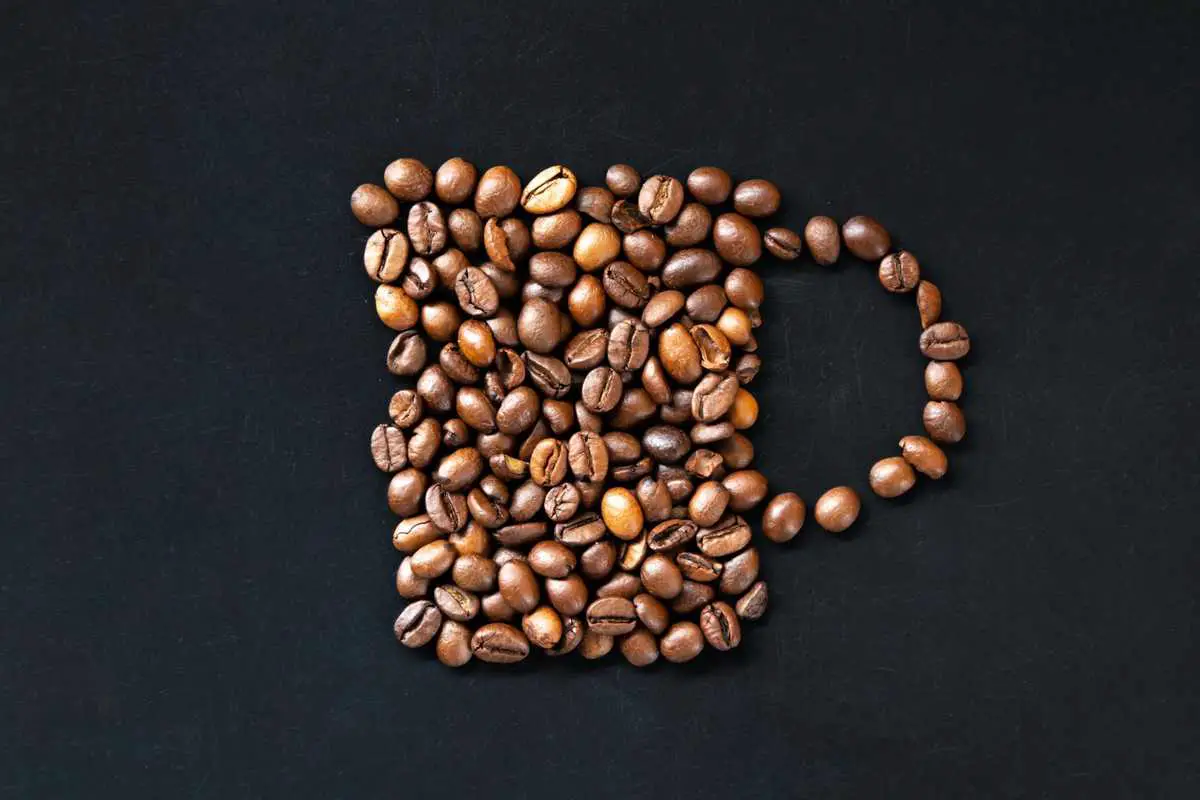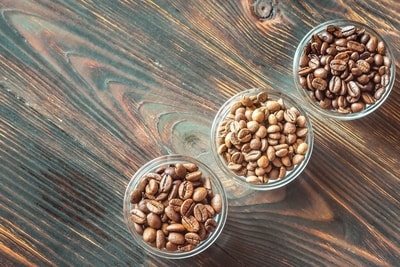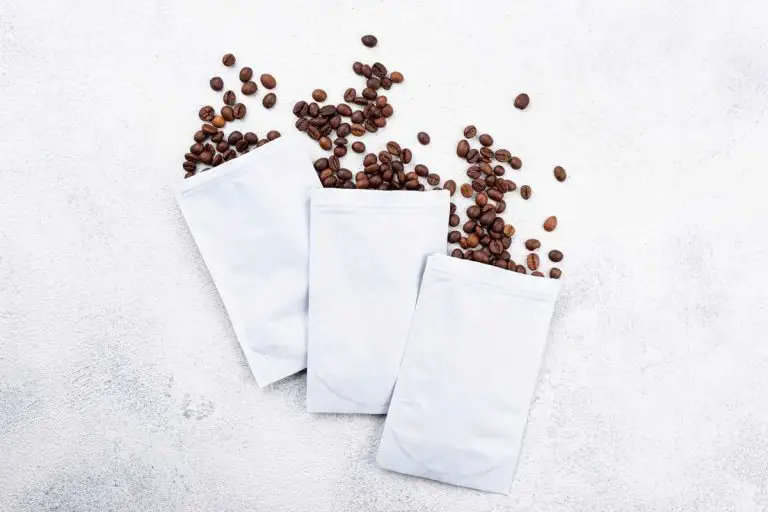How Many Mg of Caffeine is in a Cup of Coffee?
Millions of people consume coffee every day, and most don’t take into consideration how many mg of caffeine they are consuming. Here we will discuss things such as how many mg of caffeine in a cup of coffee, how much is safe, and the potential impacts it can have on a person’s health.
What is a mg of caffeine?
Caffeine is a stimulant that increases brain activity and stimulates the nervous system. It is measured in milligrams.
A lighter roast contains fewer milligrams of caffeine per ounce, and various factors—such as the cultivation methods, roasting process, weather conditions, and growing location—affect this measurement.
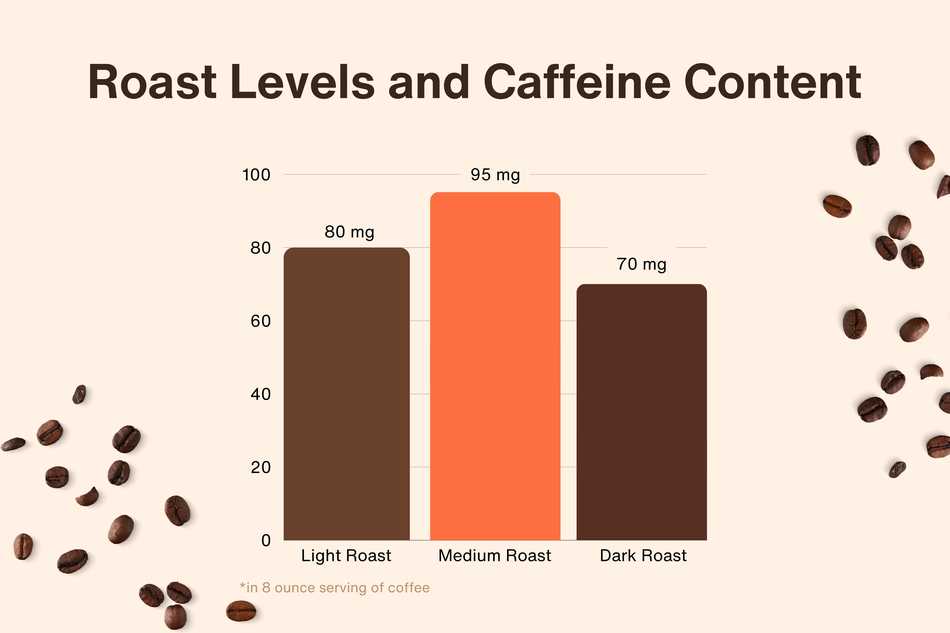
Why is mg of caffeine important?
It is important to monitor the milligrams (mg) of caffeine that is consumed each day. Since it is a stimulant, it can increase alertness in appropriate amounts.
Too much can cause unwanted side effects such as fast heartbeat, muscle tremors, headache and insomnia.
This can lead to even more devastating health problems, and in severe cases can even lead to death.
How much mg of caffeine should a person have a day?
With each person having a unique sensitivity to caffeine, a person must know how many milligrams they should consume on a daily basis. Most people should limit their intake at 400 milligrams, and it is important to know that there are exceptions.
Pregnant and breast-feeding women should limit their intake to 200 milligrams per day. Those with certain health conditions or those who take medications regularly should consult with a doctor to determine just how much is safe to consume.
Each type of coffee is unique, and the drinker needs to be aware of how many mg of caffeine is in a cup of coffee. A safe amount of caffeine is contained in about four cups of regular brewed coffee.

Mg of Caffeine Benefits
Although people should limit their caffeine consumption to a certain number of milligrams each day, that doesn’t mean it lacks benefits.
Moderate caffeine consumption can actually be good for those who are able to tolerate it, and can help improve alertness, energy levels, concentration and metabolism.
One of the most widely reported effects is that caffeine can lower levels of self-reported fatigue among users. It can also help increase short-term mood and help with weight management by helping the body use fat for energy.
In some cases, researchers have found that caffeine can decrease depression and even protect against Alzheimer’s and Parkinson’s diseases. One of the best benefits of caffeine is that it can actually help reduce the chances of getting heart disease when consumed safely and in the proper amounts.
Those who consume the appropriate amount of mg of caffeine daily can expect to see improved cognitive function.
This leads to improved skills, such as decision-making ability. Since the majority of the population relies on this daily, consuming caffeine in safe amounts is surprisingly healthy.

Mg of caffeine in a cup of coffee
An 8 ounce serving of coffee contains 95 milligrams of caffeine, and this can add up quickly.
Many places often offer coffee in large amounts, like 20-ounce cups, causing people to consume more caffeine than they might realize.
Since people widely consume coffee around the world, it’s easy for anyone to lose track of how many milligrams of caffeine they take in. This can have negative impacts on one’s health and well-being.
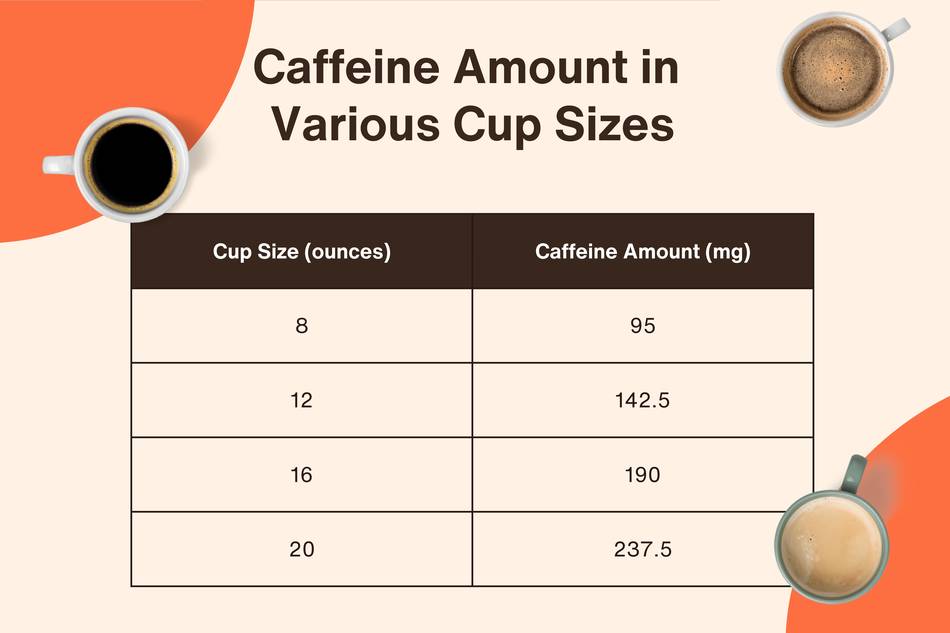
Mg of caffeine in all coffee types
Not all coffee is created equal. Different types contain different amounts of caffeine, and it is vital to know the difference between each one.
8 ounces of decaffeinated coffee
Contains 2 mgs of caffeine, an amount that is not likely to have an affect on energy levels, metabolism or alertness. It is generally considered safe to consume.
1 ounce of espresso
Contains 64 milligrams of caffeine, so coffee lovers must be aware of how much they are consuming on a daily basis. The caffeine content per ounce is much higher than a regular cup of brewed coffee, and can add up quickly causing potentially dangerous side effects.
1 teaspoon of instant coffee
Contains 31 mg of caffeine. This is a relatively safe amount for a serving of instant coffee, and when consumed in moderation is not likely to have any dangerous or unwanted side effects.
6 oz. of instant chicory
Contains 38 milligrams of caffeine, an amount unlikely to be harmful. Drinkers should be aware of just how much they are consuming, but a few cups of this type of coffee usually won’t have any dangerous effect on a healthy adult.
4 teaspoons of instant French coffee
Contains 32 milligrams of caffeine which is an amount that can be enjoyed safely. By being aware of how much of this coffee type a person is consuming it will be easy to keep caffeine intake at a safe level when enjoying instant French coffee.
2 tablespoons of instant mocha
Instant mocha has 47 milligrams of caffeine. This is still an amount that is safe when this beverage is consumed in moderation.
Drinkers should still be aware of just how much they are consuming. Instant mocha can contain a high amount of milligrams, which can quickly add up and become unhealthy if consumed in excess.
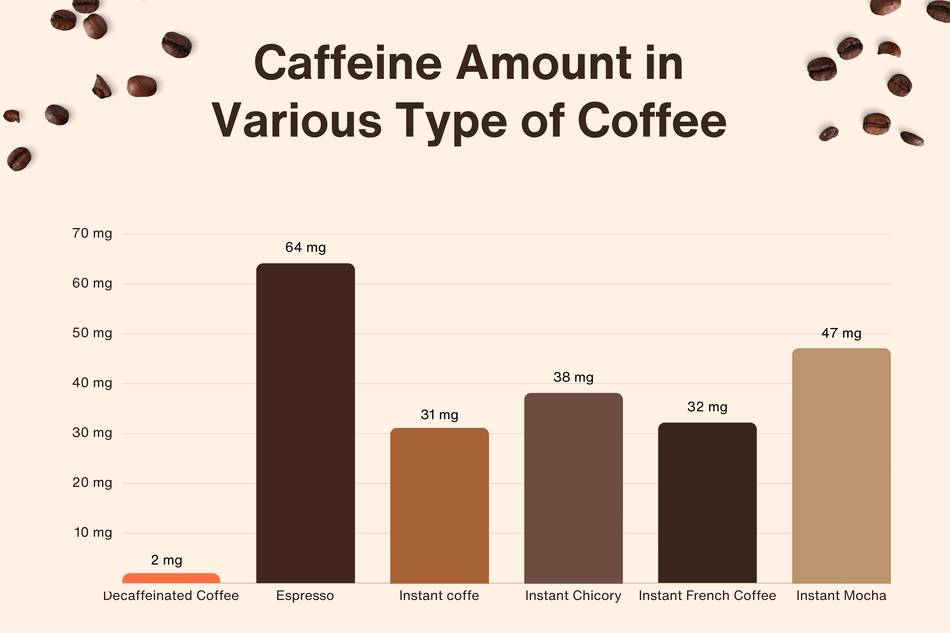
Sources:

